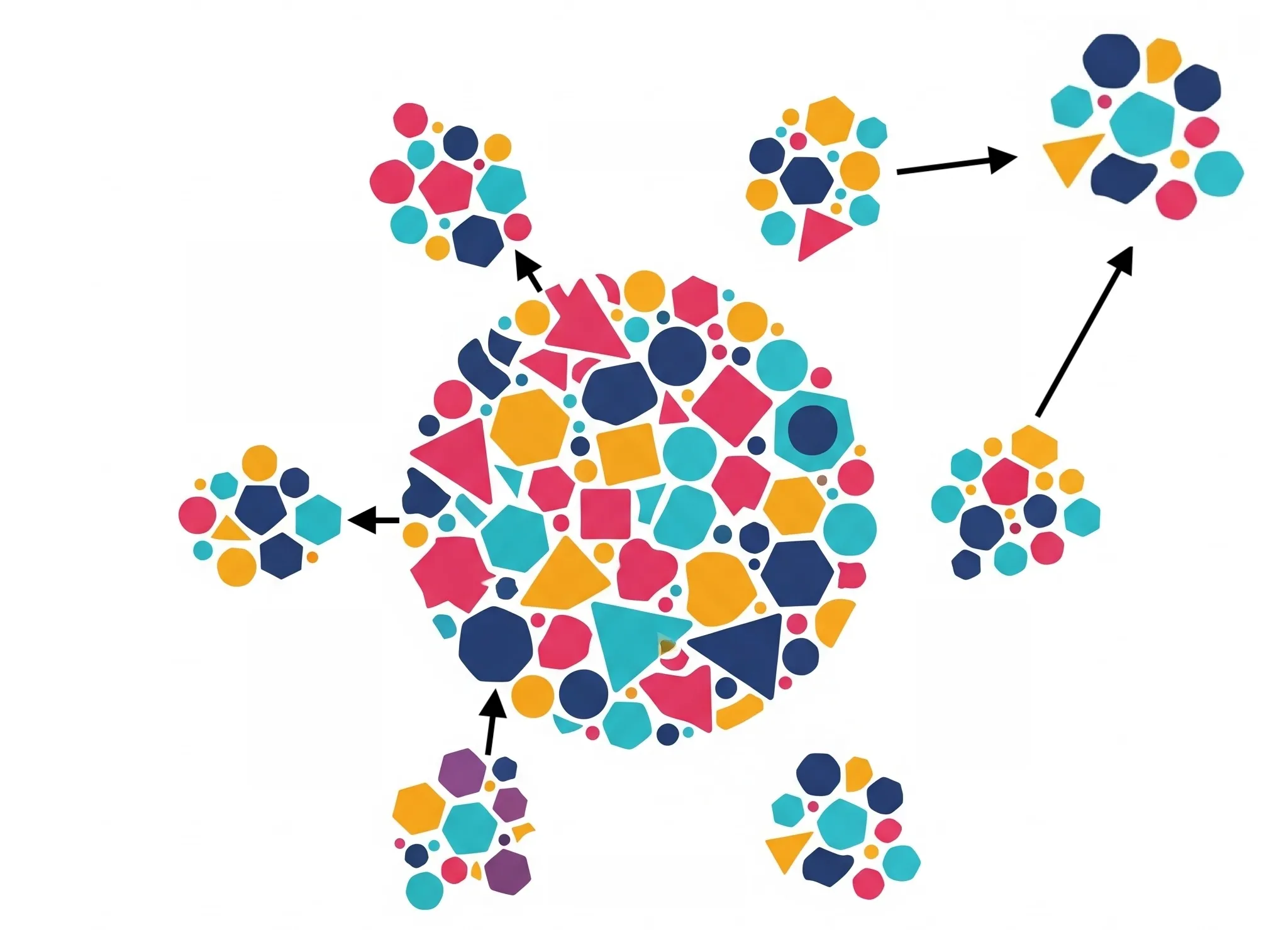
Why 19 out of 20 enterprise AI initiatives deliver zero ROI (and how the 5% succeed)
95% of enterprise GenAI pilots deliver zero financial impact. The successful 5% aren't using better AI—they're organized differently.

95% of enterprise GenAI pilots deliver zero financial impact. The successful 5% aren't using better AI—they're organized differently.

Most scaling frameworks make you slower as you grow. But what if your 1,000-person company could pivot as fast as a 10-person startup? Here's how.

How to innovate at breakneck speed without your production systems falling apart. The dual operating system that balances mission team velocity with operational excellence.

Most leaders avoid large teams fearing chaos. Here's how dozens of people actually self-organize around shared priorities to solve problems no traditional team structure can handle.

Most organizations scale by adding teams when work increases. That creates the coordination hell you're trying to escape. The counterintuitive approach: grow by removing boundaries, not multiplying them.

Theory is worthless without practice. Here's your step-by-step roadmap for implementing your first fluid team, including common pitfalls and how to avoid them.

Every organization is different. Here's how to pick the right frameworks and patterns for your specific context, based on real implementations.

When Sarah quit three months after we moved to fluid teams, her exit interview was blunt: "This is chaos. I don't know who's in charge anymore." The human cost of organizational transformation is real, and I learned the hard way that structural changes aren't enough.

You're convinced dual system leadership works. But shifting from command-and-control to context-setting? That's where most transformations fail. Here's the proven implementation playbook.

Most organizations force a false choice: team stability OR execution speed. You can have both—here's the blueprint.

Every crisis proves fluid teams outperform static ones. Shopify's pandemic response doubled revenue while boosting engagement. So why do most executives only use them as last resorts?

Every crisis proves fluid teams work brilliantly. So why do smart executives only use them as last resorts? The answer costs billions.